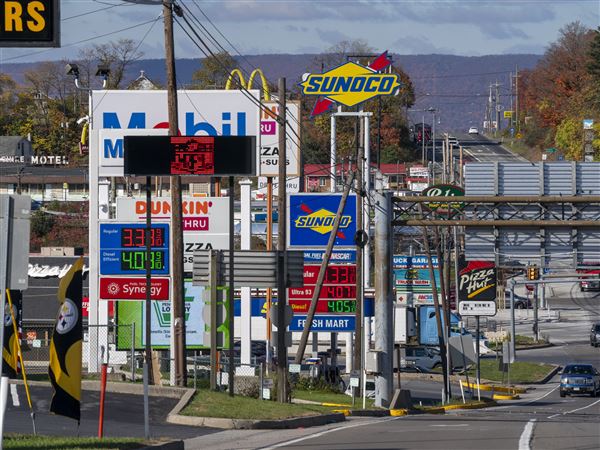The storm that approached Western Pennsylvania on the late spring morning of May 30, 1889, was unlike any ever recorded in the region. It brought 24 straight hours of rain, as much as 10 inches in some areas, according to the U.S. Signal Corps.
By the afternoon of May 31, the South Fork Dam could no longer hold back the rising waters of Lake Conemaugh. The dam burst, sending 20 million tons of water cascading downstream in a wave that measured up to 40 feet high — straight toward the unsuspecting citizens of Johnstown 14 miles below.
To this day, the Great Flood of 1889 remains the most devastating dam failure in U.S. history. More than 2,200 people were killed — one of the largest civilian death tolls ever on U.S. soil. Tomorrow, on the 125th anniversary of this staggering tragedy, we will commemorate National Dam Safety Awareness Day.
While no dam failure has been anywhere near as catastrophic as the one that occurred outside of Johnstown that late spring day 125 years ago, the potential for another such tragedy exists.
State dam-safety programs reported 173 dam failures and 587 dam incidents from January 2005 to June 2013. (A dam incident is defined as an episode that, without intervention, would likely have resulted in a dam failure.) In its 2013 Report Card for America’s Infrastructure, the American Society of Civil Engineers assigned U.S. dams an abysmal “D” grade.
There are dams in every state and more than 87,000 across the country. Almost every American enjoys the benefits of dams, which provide drinking water, hydroelectric power, flood control, irrigation and recreational opportunities. But we tend to ignore the risks associated with potential incidents and failures, which is evident in how little we spend and how we carry out policy on dam safety.
State governments regulate approximately 77 percent of the dams in the United States — 3,369 in Pennsylvania alone — but many state dam-safety programs lack the resources to adequately monitor and regulate their inventories. In fact, two states have more than 1,000 dams for each full-time employee in their regulatory programs. (In Pennsylvania, there are approximately 123 dams for each full-time employee.)
Furthermore, the number of high-hazard-potential dams in the United States increased to 11,300 in 2012 from 9,281 in 1998. This classification indicates that a dam likely would cause loss of life if it were to fail. The increase in high-hazard-potential dams is largely due to continuing development and population growth downstream from dams. This number is expected to keep rising.
In Pennsylvania, of the 3,369 state-regulated dams, 776 are classified as high-hazard- potential — an increase from 737 in 1998. According to the National Inventory of Dams, there are 123 high-hazard-potential dams in the counties surrounding Pittsburgh.
To protect people who live downstream from dams, state dam-safety programs and local emergency management officials work with dam owners to prepare and update emergency action plans. These plans help save lives by putting important safety and evacuation procedures in place before an emergency occurs.
The Association of State Dam Safety Officials advocates that every high-hazard-potential dam have an emergency action plan. Unfortunately, nearly one-third of state-regulated high-hazard-potential dams do not have adequate plans in place.
There are also steps that members of the public can take to ensure their own safety. People can determine if they live in a dam-failure flood-inundation zone by contacting their state dam-safety program or local emergency management agency. The Association of State Dam Safety Officials also recommends that people who live near dams familiarize themselves with evacuation routes, make sure all family members know what to do in the event of an emergency and prepare an emergency kit.
Fortunately, good planning and improved dam-safety programs at all levels of government have dramatically reduced the loss of life resulting from dam failures in recent years. Together, we can make sure that a disaster like the South Fork Dam failure never happens again and create a future in which all dams are safe.
Tom Woosley is president of the Association of State Dam Safety Officials and is program manager of Georgia’s Safe Dams Program.
First Published: May 30, 2014, 4:00 a.m.














